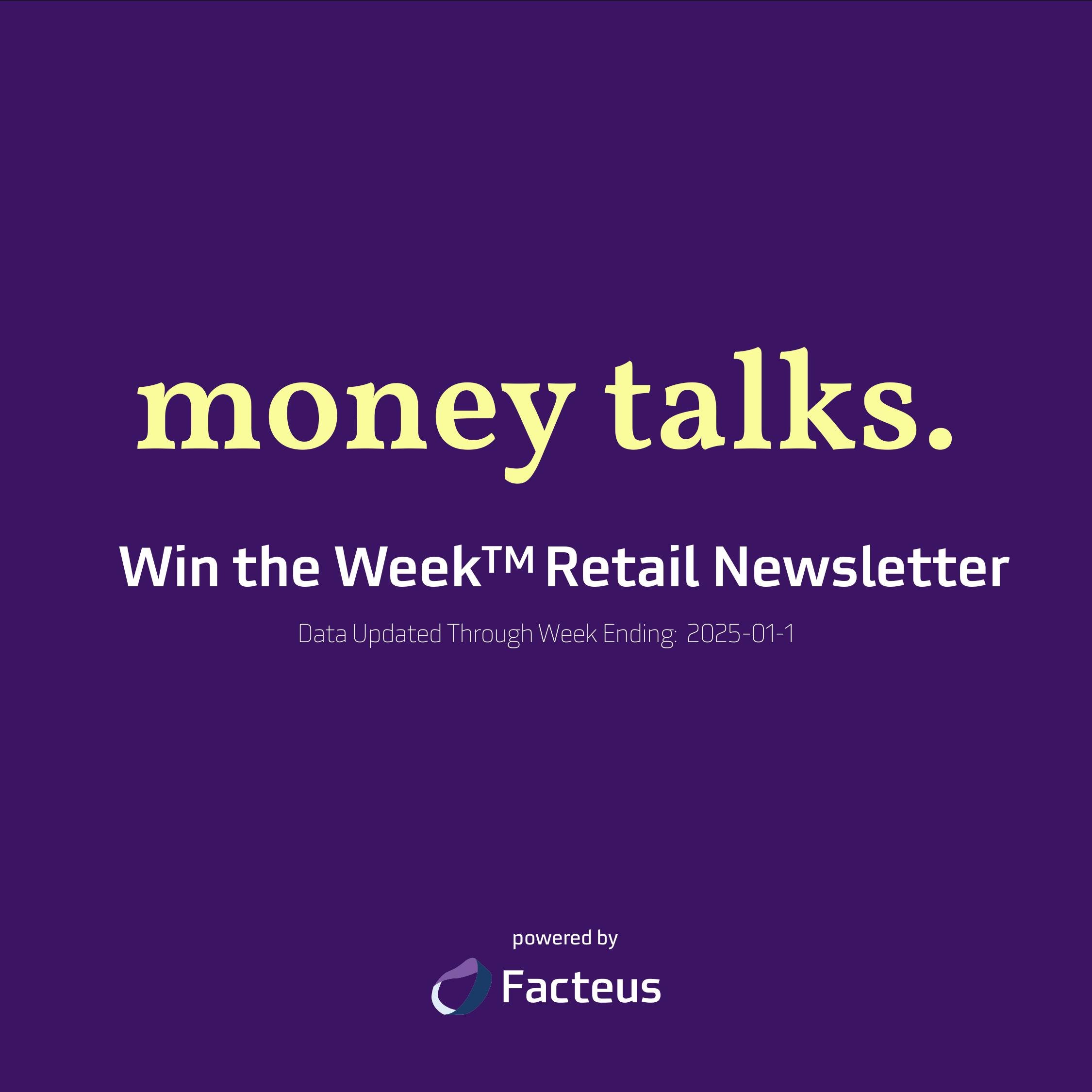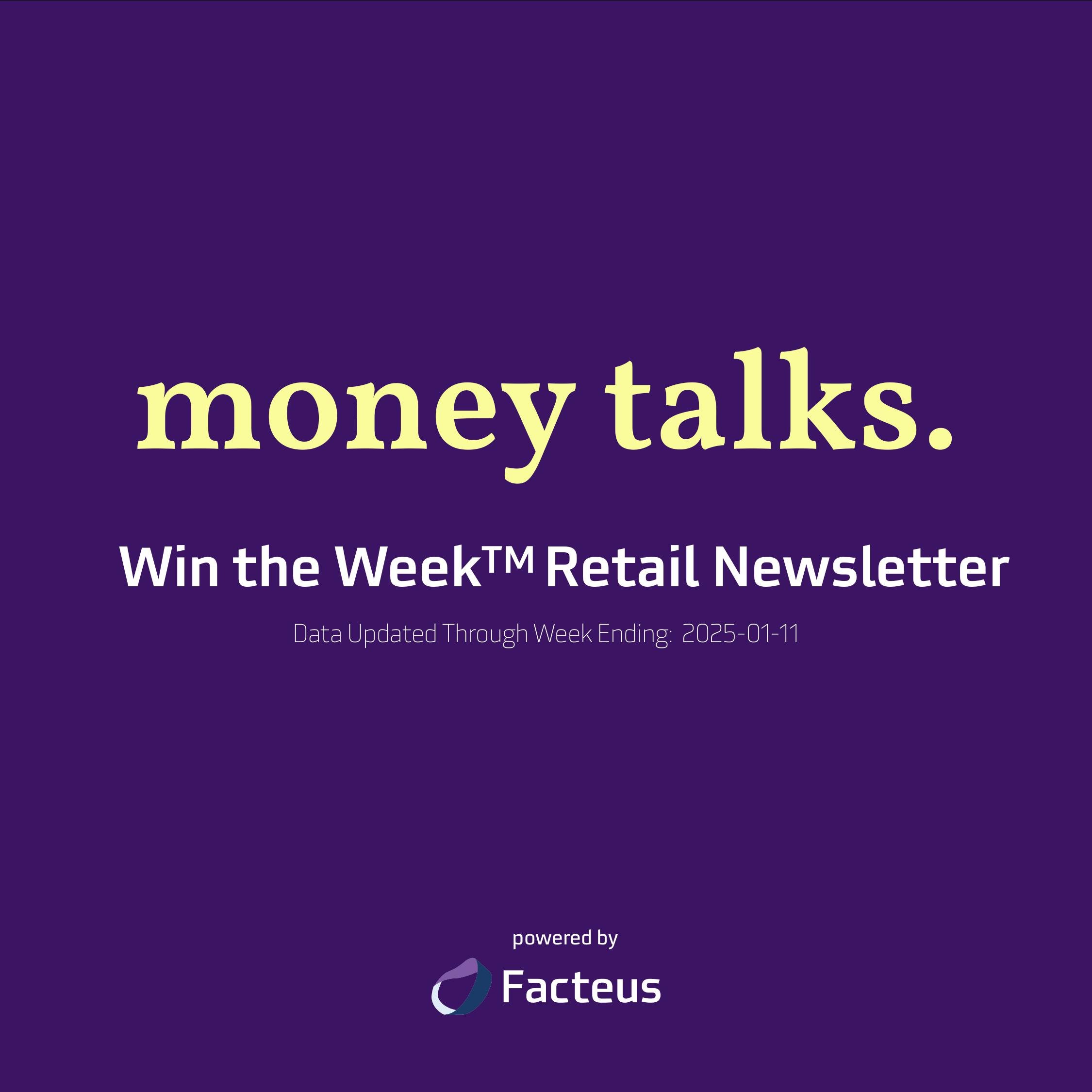Transaction Data Shows Restaurant Industry’s Resiliency – Intriguing Private Funds of all Sizes
Coming into the final stages of the pandemic, the restaurant industry, in particular, appears ready to kick into high gear, sparking the interest of investment firms of all sizes seeking opportunity in a recovering economy.
That’s the story that’s unfolding in the latest alt data, including debit and credit card transaction data and consumer spending data. Here’s why it’s piquing investors’ interests now more than ever.
How Transaction Data Has Attracted New Restaurant Industry Investors & Why It Matters
The big players have held steadfast to their conviction about the health of the industry.
Roark Capital Group, for example, announced earlier this year that it would be raising its sixth flagship fund with a target of $5 billion.
This came after a busy 2020, in which the firm’s portfolio company, Inspire Brands Inc., scooped up Dunkin’ Brands in an $11.3B deal.
But the restaurant industry hasn’t just attracted the typical private equity giants.
According to Pitchbook’s Q1 US PE Middle Market Report, the deal-making surge in the restaurant industry has opened the door for many lower-middle market firms to jump in and seize the opportunity. In other words, there’s more than enough opportunity to go around.
For example, consider a firm such as Utah-based Mercato Partners, which closed its second $100 million fund since October 2020 dedicated to investing in restaurant chains.
According to Pitchbook, “the vehicle makes controlling investments between $6 million and $10 million, with another $10 million available for restaurant founders to tap when they’re ready to expand.” This differs from the typical nine-figure investments that are common for bigger PE players in the restaurant market.
Transaction Data Also Reveals Pandemic’s Toll on Restaurant Industry
Undoubtedly, the pandemic certainly took its toll, especially on small “Mom and Pop” and independent restaurants. Chains certainly weren’t immune, either. Well-documented bankruptcy filings from the likes of Ruby Tuesday, Chuck E. Cheese, and California Pizza Kitchen highlighted the devastation of the pandemic’s impact (all three have eventually back from bankruptcy).
However, we know that private equity typically favors the long-term approach, and investments on the whole are focused on the chains and more established brands.
Looking at the previous 15 months of consumer spending data, we can clearly see signs that holding strong may be paying off and why private funds are optimistic about investing in the space.
Transaction Data for Fast Food & Pizza Restaurants Shows Pandemic Consumer Spending
Much has been written about fast food and pizza restaurants holding steady during the pandemic due to the nature of their businesses. Casual dining establishments did take a big hit early on, but rebounded steadily by launching or expanding existing takeout measures, for example. This carried them through until most of the restrictions on in-person dining were lifted, where you see the biggest spike in spending.
While the spike was significant, it’s worth noting that when spending normalized in the weeks that followed, they did so at levels that are still 25-50% increases year-on-year and have sustained thereafter. This likely reflects a strong consumer demand to return to in-person dining, and underscores the value our society places on going out to enjoy a meal with family and friends.
The restaurant industry is just one of many that is trying to find its way as we move forward, but from what most of the data tells us, there’s plenty of reason for optimism – and probably more deals – in the future.






